 nadhera
nadhera 
The silver vessel from the Galloway Viking hoard is much older and not from Europe
Categories: Treasures , Nálezy nejenom s detektorem ve Velké Británii a Irsku
On 1 September 2014, detectorist and former professional soldier Derek McLennan discovered the richest collection of rare objects from the Vikings period ever found in Britain or Ireland. On the exact day of the tenth anniversary, the experts made an unexpected announcement - the main "star" of the hoard - the silverthe lidded bronze vessel, is not of European origin from the Carolingian period, but hundreds of years older and, moreover, from the Middle East.
The Galloway hoard represents an astonishing variety of objects and materials, and I have written about it many times. Each time it has yielded new, interesting and valuable insights. It is the largest Viking hoard discovered in Scotland since 1891. The collection contains over 100 artefacts such as silver ingots with runic inscriptions, silver bracelets, brooches, massive silver breastplate with enamel decoration, a solid gold pendant and a gold bird pin. The loose artifacts were on top and the lidded container underneath contained other valuable pieces of treasure, individually wrapped in luxurious silk cloth.
The vessel was also wrapped in fabric, which itself is an extremely rare example of preserved material. Experts have carefully studied and preserved them for further analysis, preserving as much of the material as possible in situ on the surface of the vessel. But through the fabric and the corrosion products, it was not possible to examine in detail the decoration of the vessel, which experts believed to date from the Carolingian period somewhere in what is now Germany or France. It was only subsequent conservation work that revealed the intricately decorated surface of the vessel - the first time since it was put in the ground more than 1,000 years ago.
First the vessel was X-rayed, then its contents were scanned using CT scans. But only laser cleaning helped reveal further details of the decoration. Crowns, fire altars, leopards and tigers. These scenes were unusual in Western Europe at the time and suggest a link to the iconography of Zoroastrianism, a dualistic nationdeity of the Sasanian empire, the last Iranian empire before the early Muslim conquests in the 7th century. - 8th century AD. New scientific analysis has confirmed that the materials used to make the vessel do indeed come from what is now central Iran.
"From the X-ray scans of the vessel, we suspected that it may have come from Central or Western Asia. But it is only now that we have carefully preserved and analysed it that we can say it is definitely true," said Dr Martin Goldberg of National Museums Scotland. "It is further evidence of the cosmopolitan composition of the Galloway hoard. We now know that the silver from the time of the Vikings, which makes up the majority of the hoard, was melted down from coins and metalwork of early medieval England. Some items, such as the lidded jar, stood out from the line. Scientific analysis now confirms this. It is incredible the journey the vessel has made across half the known world from Iran to this remote corner of south-west Scotland," he added.
"By taking small samples from the body of the vessel and the niello - the black sulphide silver inlays that outline the decoration - we have assessed the origin of the silver. It was immediately clear that the vessel did not resemble any other silver contained in the hoard: The results point to an origin in the Sasanian Empire, which is today's Iran, said Dr. Jane Kershaw, an expert on Viking silver from Oxford University.
"Elemental analysis using portable X-ray fluorescence revealed that the vessel is an alloy of silverand relatively pure copper, which is typical of Sasanian silver but not of contemporary European silver. Moreover, the lead isotopes contained in the silver metal and niello are consistent with ore from Iran. We can even go so far as to say that niello comes from the famous Nakhlak mine in central Iran. It is fantastic to have scientific confirmation of the remote origin of this remarkable object," the scientist added.
National Museums Scotland is planning an online event on September 11, which will feature talks by conservators, archaeologists and other experts who have studied the treasure. The subject of the discussion will be everything that has happened around the Galloway Hoard in the ten years since its discovery, including the latest findings. Tickets are free and you can register here: https://my.nms.ac.uk/0/14686
Roman Nemec
Sources: media.nms.ac.uk, scotsman.com, bbc.com
- For a look at the metal detector findings from the Migration of Nations, click here: Migration of Nations
- For metal detector findings from the Early Medieval period, see here.
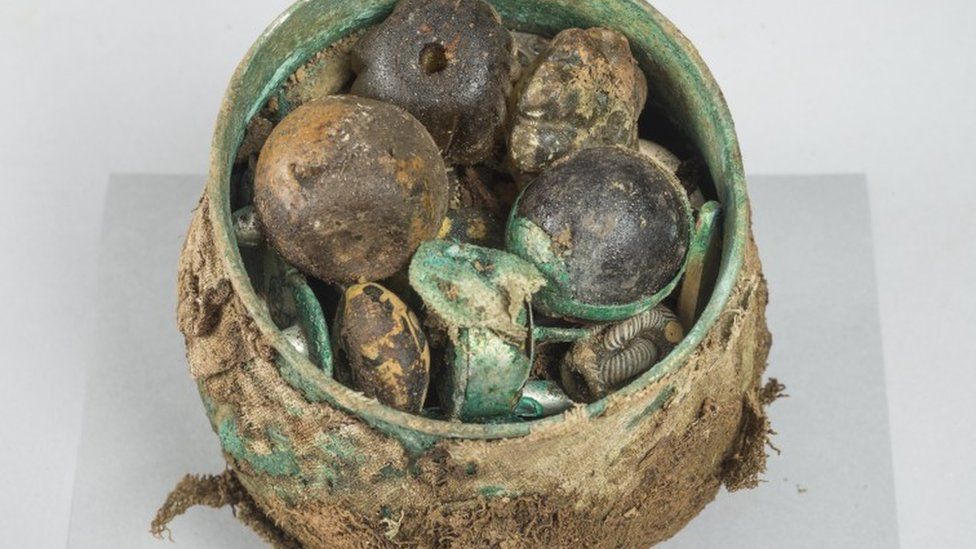 A vessel with contents
A vessel with contents
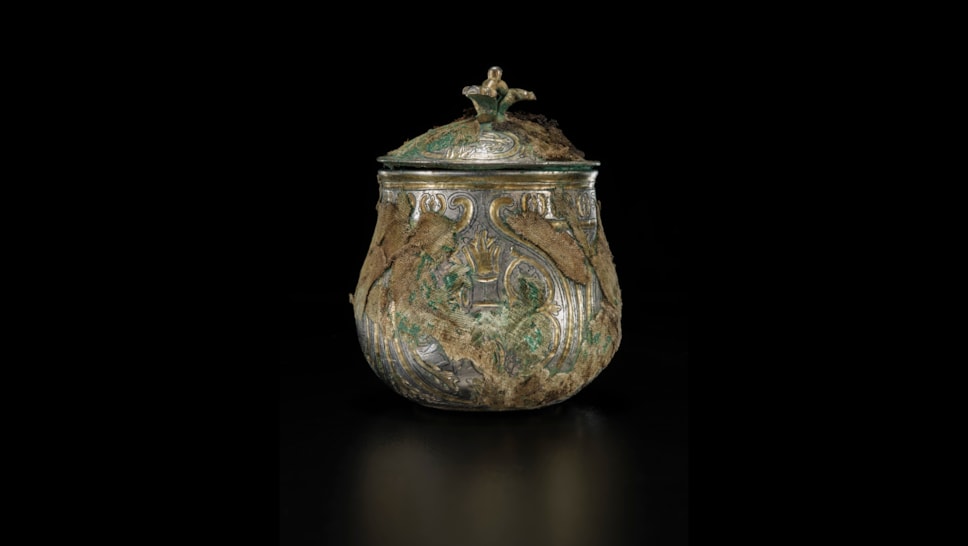 A vessel from the Galloway hoard after conservation
A vessel from the Galloway hoard after conservation
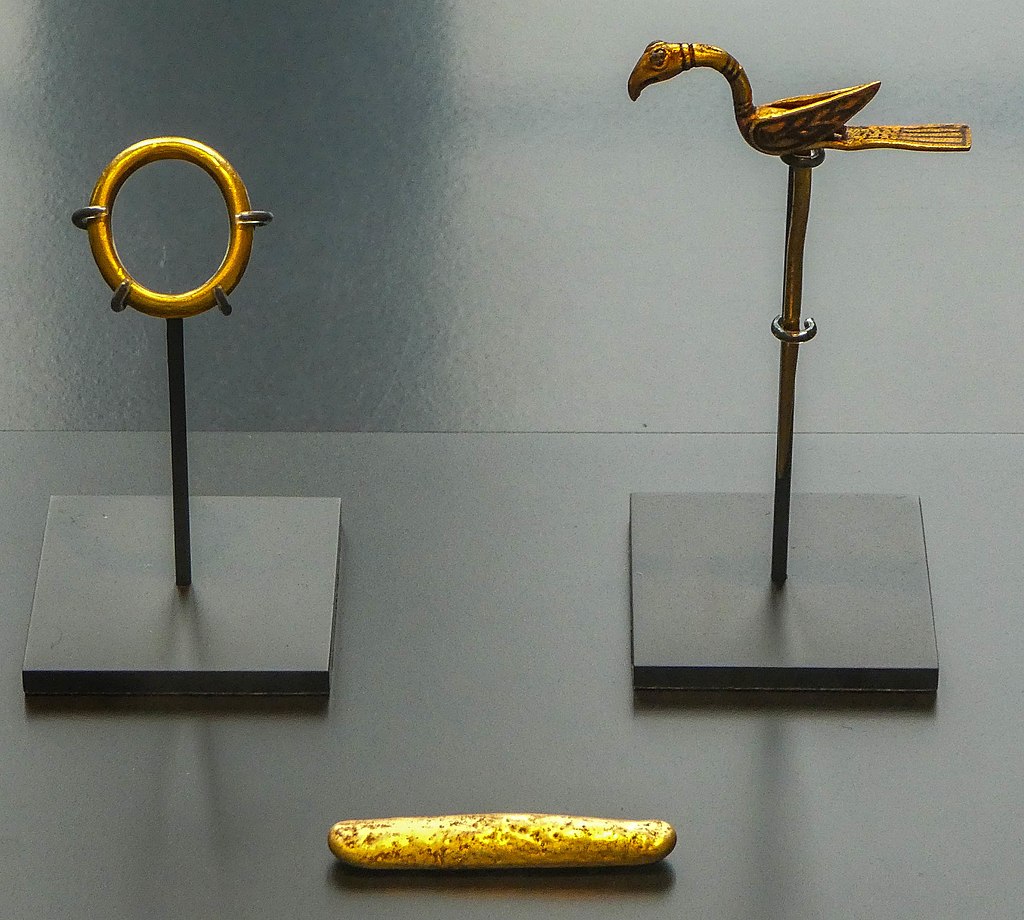 Zlat objects from the hoard
Zlat objects from the hoard
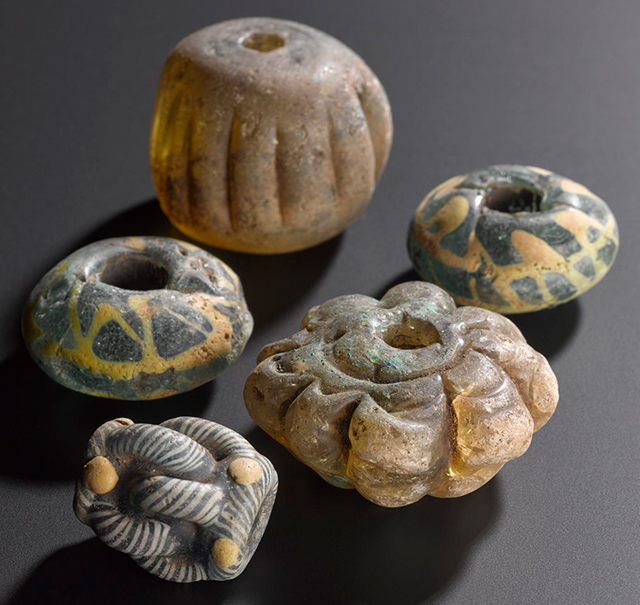 Ktreasure trove ornaments - selection
Ktreasure trove ornaments - selection
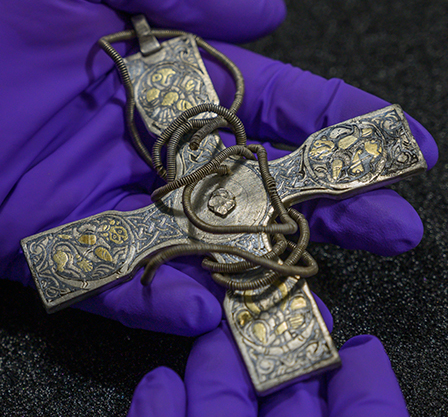 Massive silver decorated cross from the treasure
Massive silver decorated cross from the treasure
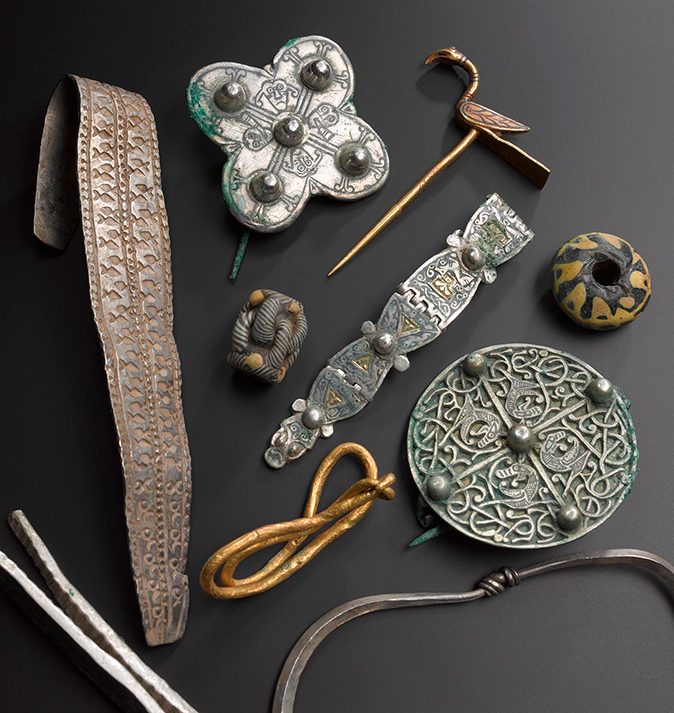 Vhe selection of treasure items
Vhe selection of treasure items
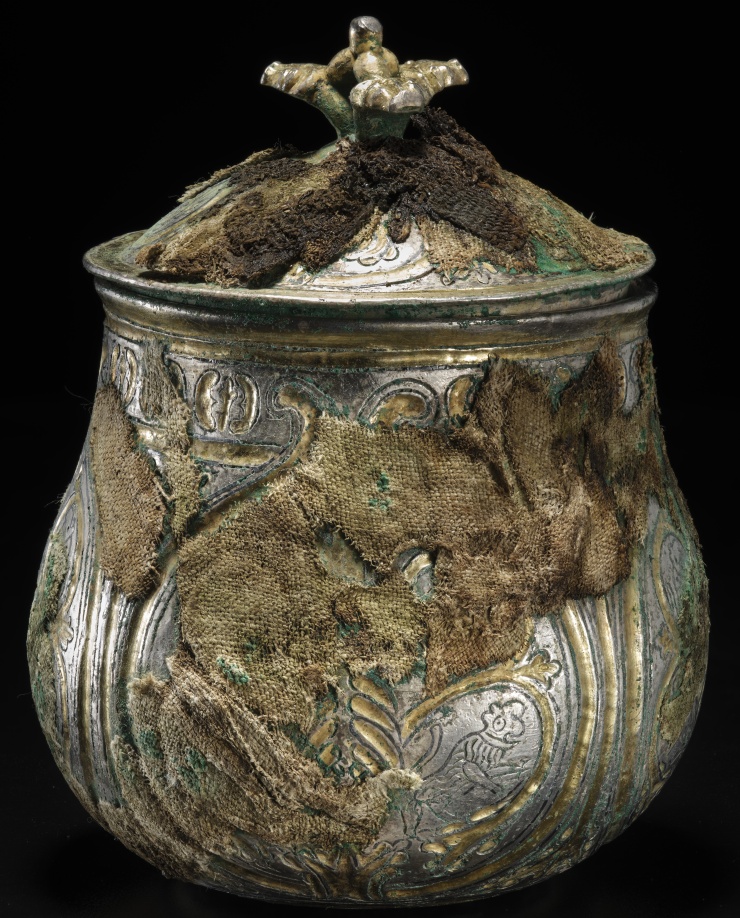 Hrnec with ornamentation and fabric
Hrnec with ornamentation and fabric
The article is included in categories:









